Topics in Biology
Cellular respiration in biology Len Academy biology mock questions for waec Len Academy biology midterm questions for SS1, 2nd Term Characteristics of saltwater habitat Aquatic habitat explained with its types Types of habitat: Terrestrial habitat explained with examples What is habitat? Difference between plant cell and animal cell Nucleus explained with its structures Nucleus explained with its types and functions Organelles of the cell explained with their characteristics Eukaryotic cell explained with its characteristics Prokaryotic cell explained with its structure Characteristics of prokaryotic cell Concept of cell Cell theory in biology Importance and limitations of ecological pyramid Protists explained with their characteristics Contents of the scrotum: Epididymis, vas deferens, spermatic cord and cremaster muscle Tropical savanna explained with its characteristicsAcademic Questions in Biology

From the above diagram, which of the organ below isn't a requirement for the male reproductive system?
A. Bladder
B. Ureter
C. Glans Penis
D. Testis
E. Bulbourethral Gland
F. Epididymis
A walnut shaped male accessory sex organ located between the bladder and penis is the _____.
A. Ductus Ejaculatorii
B. Bulbourethral Gland
C. Prostate Gland
D. Ductus Deferens
E. Seminal Vesicles
F. Epididymis
In a food chain, the primary consumers are classified under trophic level _____.
A. Zero
B. One
C. Two
D. Three
E. Four
F. Five
Cold blooded animals are referred to as _____.
A. Homeotherms
B. Endotherms
C. Poilokitherms
D. Ectotherms
E. Thermotherms
F. None of the above
All reptiles are vertebrates.
A. True
B. False
_____ cells are responsible for the formation of osteoblasts.
_____ is a bone that constitute the axial skeleton.
Which of the following is false concerning cartilages and bones?
The brain is one part of the central nervous system or CNS; (the other part being the spinal cord). It is located in a part of the skull called the cranium.
Please read on the cranium and bones of the human skeleton here.
The brain is regarded as the seat of control over every part of the body and apparently, it befits its location at the top of the human body. As the coordinator of all bodily activities (both voluntary, e.g walking and involuntary, e.g swallowing), the brain receives nervous impulses from every part of the body (from the hair on our body to the tip of our nails). In short, without the brain's majestic control, the entire part of the body will be in chaos.
You can read on homeostasis here.
An average human brain comprises of about 100 billion brain cells called neurones or nerve cells.
Other cells are also present around the neurones. These include astrocytes, microglia and glia cells respectively. Together, they provide support, protection and cleansing to the neurones or brain cells.
If a brain cell dies, the chances of regeneration are quite low and this would grive rise to Alzheimer's disease which is often seen in aged people.
Alzheimer's disease is usually associated with memory loss and confusion as its main symptoms.
The human brain weighs about 1.5kg and makes up approximately 2% of the body weight. It receives around 20% of the body's glucose and oxygen.
Human brains are shaped like a wrinkled walnut. They are highly folded into gyri and grooved into sulci. The greater the number of these folds (gyri) and grooves (sulci), the more intelligent a person would be.
Please read on the uniqueness of man here.
The image below shows the gyri and sulci of the human brain:
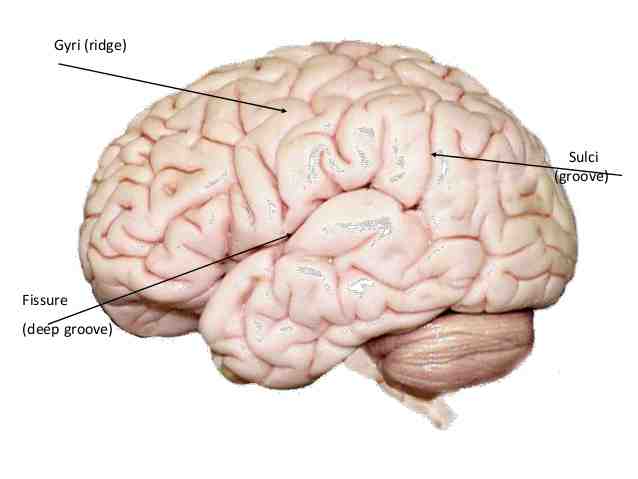
The largest portion of the brain (called the cerebrum) is divided into two halves. Both halves, commonly referred to as the cerebral hemispheres are separated by a band of neuronal fiber called the corpus callosum.
The corpus callosum transmits sensory and motor information between the right and left cerebral hemispheres.
A part of the brain called the cerebellum is also divided into two hemispheres. These are the right and left cerebellar hemispheres respectively.
Interestingly, it is always considered that the left hemisphere of the brain is responsible for controlling the right side of the body while the right hemisphere controls the left side of the body. This is termed lateralization of the brain.
Please read some amazing facts in biology here.
The image below shows the left and right hemispheres and the lateralization of the brain.

Note: We have some specific functions that are associated with either the left or right hemisphere of the brain. For instance, musical tendencies are usually related to the right hemisphere and language is common to the left.
A fluid called the cerebrospinal fluid (CSF) surrounds and fills all the gaps around the brain (and the spinal cord). It aid in the cushioning and protection of the brain cells. As a result, the brain cells float within the cerebrospinal fluid and are not directly in contact with the cranium.
The image below show the cerebrospinal fluid surrounding the brain and spinal cord:
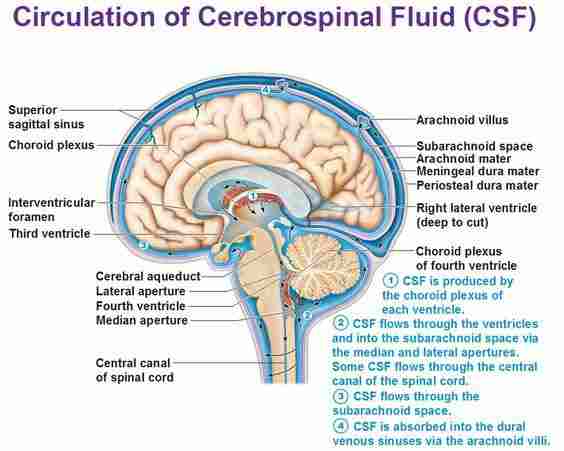
You can read on the functions of the human skeleton here.
Below is an image that shows the three main divisions or parts or regions of the brain.

Generally, the human brain is divided into three main parts. These are:
Kindly share this article via the links below:

Please click here to contact Alfred if you require any of the following services:
If you need a standard website at an affordable price.
Online training on the academic subjects: biology, chemistry and basic science.
If you require an advanced smart school management system (web application) for your school.
Click here to read on Len Academy Smart School Software.
Please click here to follow Len Academy on Google News.
Amazing facts in Biology
Russia is home to the largest area of forest in our world with a land mass of 815 million hectares
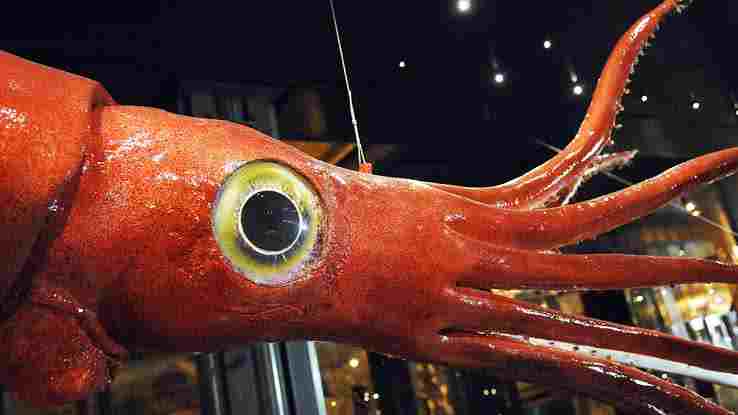
Giant squid lives deep in the ocean and they have the largest eyes in the world
The movements of the fingers are controlled by muscles of the palms and forehands
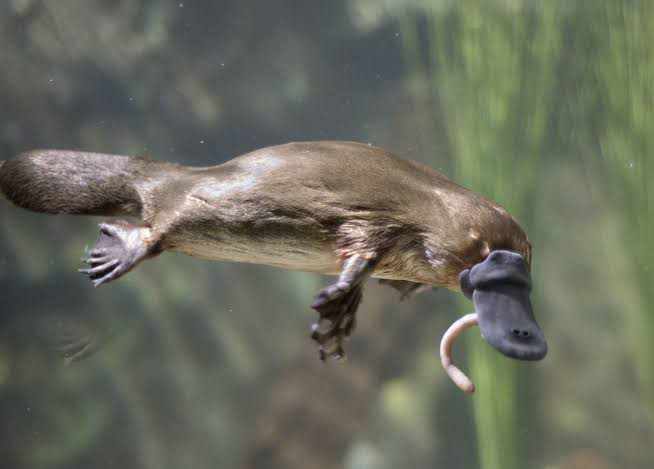
Platypus (sometimes referred to as the duck-billed platypus) is an egg-laying, semiaquatic mammal found in eastern Australia. It has no stomach and as such, its food goes from the mouth through the esophagus and directly to their intestines.

Pufferfish contain a toxin called tetrodotoxin. This makes them foul tasting and poisonous to predators. Tetrodotoxin is about 1,200 times more poisonous than cyanide, and there is enough toxin in one pufferfish to kill 30 adult humans. Unfortunately, there isn't any known antidote to this poison.
Interestingly, a delicacy in Japan (called fugu) is made from pufferfish. This meal is very expensive, and must be prepared by trained and licensed chefs. An improper preparation of fugu may lead to the customer's death. Sadly, such deaths are recorded annually
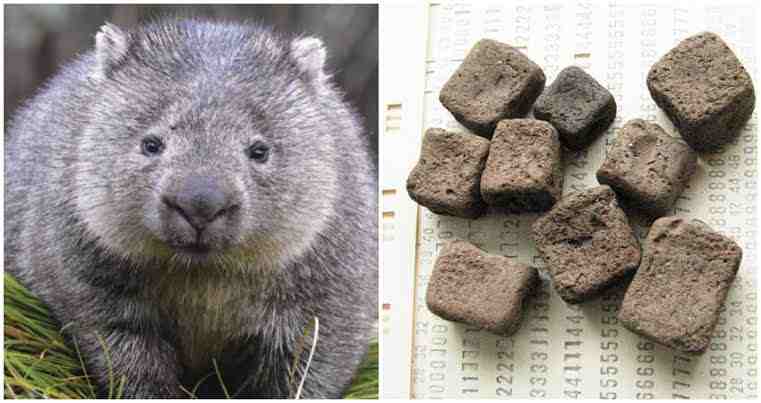
Wombats are the only animal with a cube-shaped poo. They can stack up these cube-shaped poo, marking their territory with it

Robert Wadlow (1918–1940) remains the tallest man ever recorded in the Guinness World Records. He was an American who stood at 8 feet, 11 inches.
An abnormally enlarged pituitary gland had resulted into Robert Wadlow's giant size.
Cockroach is the fastest land animal on six legs

Like humans, all apes laugh when tickled

An ostrich's eye is bigger than its brain
Notable points in Biology

An artery is composed of three layers:
The outermost layer is termed tunica adventitia (or tunica external). It consist mainly of collagen fibres and connective tissues that anchors the arteries to other nearby tissues.
The middle layer is named tunica media. It is made up of smooth muscles and elastic fibres that supports the artery in conveying blood at high pressures.
The inner layer is called tunica intima (or tunica internal). It is lined by a smooth tissue called endothelium, and is made up of a fine network of connective tissues.
All living organisms possess various features in order to survive in their environment. This is the concept of adaptation. As an instance, a fish is able to live in water because it has gills and fins.
Also, a camel is able to survive in the desert because it has large feet to aid walking on sand without sinking. It also has long eyelashes to help protect it from the blowing sand and wind.
Plants are also able to live in different habitats because they have the required adaptive features towards that habitat. For instance:
Plants that live in/on water are termed hydrophytes.
Plants that live on land with moderate amount of water are termed mesophytes.
Plants that live on deserts or arid lands are termed xerophytes.
The point is:
All organisms have various features on them that enables them adapt in their habitat
For a thing to be considered living, it must possess all the basic characteristics of life. These include:
Movement
Respiration
Nutrition
Irritability or Sensitivity
Growth
Excretion
Reproduction
Death
Adaptation
Competition
Please read the explanations on all the basic characteristics of life here
During strenuous exercises like sprinting or running, your body may actually work in the shortage of oxygen. During this time, your body owes oxygen (called oxygen debt) and it must be replenished or repayed after the exercise is stopped. This is why you breathe excess of oxygen after you stopped the exercise.
This is the concept of anaerobic respiration

A food chain is a diagram that shows the relationship between plants and animals within a habitat on the basis of how they rely on each other for food.
Note: Habitat is a place where an organism live. It is of three types: